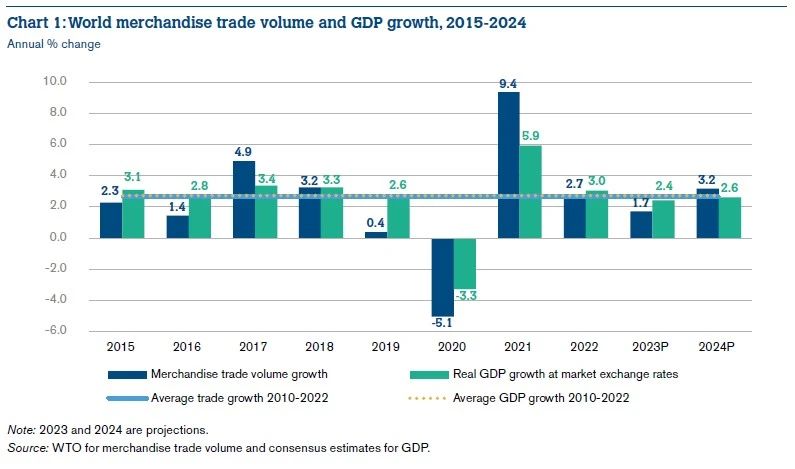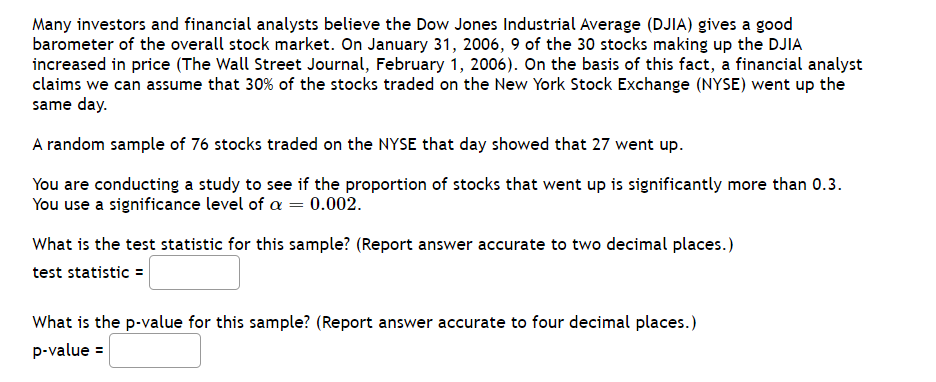China And US Trade: A Race Against Time Before Trade Truce Expires

Table of Contents
The Current State of the Trade Truce
The so-called "Phase 1" trade deal, signed in January 2020, aimed to de-escalate the trade war between the US and China. However, this agreement had limitations. While it did involve China committing to purchase a certain amount of US agricultural products and reduce some tariffs, many key issues remained unresolved. Significant sticking points include intellectual property rights (IPR) protection, forced technology transfer, and the persistent imbalance in agricultural trade. The Phase 1 deal essentially provided a temporary reprieve rather than a comprehensive solution to the long-standing trade disputes between the two economic giants.
- Key unresolved issues between the US and China: These include concerns about China's compliance with the intellectual property commitments, the continued state support for Chinese companies, and ongoing trade barriers faced by US businesses operating in China. The issue of market access for US companies in various sectors remains a major contention point in China and US trade relations.
- Economic impact of the current truce: The Phase 1 deal provided some short-term stability, but its impact on both economies has been mixed. While some sectors in the US have benefited from increased agricultural exports, the overall trade deficit persists. China's economy has also faced challenges, navigating the complexities of fulfilling its commitments under the agreement while dealing with other internal and external economic pressures. The global economy has also seen mixed impacts, with some relief from trade war escalation offset by persistent uncertainty.
- Analysis of the success and failures of the Phase 1 deal: While the Phase 1 deal prevented further escalation of tariffs, its success in addressing fundamental trade imbalances and structural issues has been limited. Its primary achievement was to avoid a complete breakdown of the trade relationship, setting a stage for further negotiations while managing immediate risks.
Pressures and Priorities for Both Sides
Both the US and Chinese governments face significant domestic political pressures regarding the trade deal. In the US, maintaining jobs and reducing the trade deficit are key priorities, especially in politically sensitive sectors like agriculture and manufacturing. For China, sustaining economic growth while protecting national interests and technological advancements remains paramount. The upcoming US elections also add a layer of complexity, as candidates may take different approaches to the China and US trade relationship.
- US priorities: Job creation in key sectors, reducing the bilateral trade deficit with China, ensuring fair competition and protecting intellectual property rights are critical priorities for the US. A strong stance on trade is often popular with voters, making this a politically charged issue.
- Chinese priorities: Maintaining economic growth, promoting technological self-reliance, and avoiding significant disruptions to its economy are central to China's negotiating stance. Protecting national champions and strategic industries is a high priority for the Chinese government.
- Potential impact of upcoming elections: The outcome of US elections could significantly impact the negotiations, with different administrations potentially prioritizing different aspects of the trade relationship. This uncertainty adds pressure to finding a resolution before the election cycle further complicates the process.
Potential Scenarios and Their Consequences
Several scenarios could unfold as the trade truce nears its expiration. A renewal of the truce, albeit potentially with modifications, remains a possibility. However, a complete breakdown of negotiations, leading to renewed tariffs and trade restrictions, is also a distinct possibility. A modified agreement, addressing some of the unresolved issues, is another potential outcome.
- Impact on global supply chains: Any significant escalation or breakdown in US-China trade relations could severely disrupt global supply chains, leading to shortages, price increases, and uncertainty for businesses worldwide. The interconnectedness of global manufacturing makes this a critical concern.
- Potential for escalation of tariffs and trade restrictions: A failure to reach an agreement could result in a renewed escalation of tariffs and trade restrictions, harming businesses and consumers on both sides. This could further destabilize the global economy.
- Geopolitical implications for US-China relations: The outcome of these negotiations will have significant geopolitical implications, impacting the overall relationship between the US and China and potentially influencing other international relationships. A worsening trade relationship could lead to broader tensions in various areas of geopolitical competition.
The Role of Other Global Players
The US-China trade negotiations don't exist in a vacuum. Other nations and international organizations play a significant role, influencing the dynamics and potential outcomes.
- The role of the World Trade Organization (WTO): The WTO's rules and dispute settlement mechanisms provide a framework, albeit one often challenged by both the US and China, for addressing trade disputes.
- Impact of other major economies like the EU and Japan: These major economies are significant trading partners for both the US and China, and their positions and actions could influence the negotiations. Their own trade relationships with both countries add layers of complexity.
- The effect of global economic uncertainty and the COVID-19 pandemic: The global economic slowdown caused by the COVID-19 pandemic has added another layer of uncertainty to the already complex situation. The pandemic's impact on supply chains and economic growth makes a stable trade relationship even more critical.
Conclusion
The expiration of the trade truce between China and the US presents a critical juncture. The unresolved issues, coupled with domestic political pressures and global economic uncertainty, create a high-stakes scenario with potentially significant ramifications. Understanding the complexities of China and US trade relations, the potential outcomes, and the various players involved is crucial for navigating the uncertain economic landscape. Stay informed about the developments in this crucial relationship by following reputable news sources and analyses on US-China trade relations. The ongoing "race against time" demands close attention and informed engagement. Understanding the complexities of this ongoing "race against time" is crucial for navigating the uncertain economic landscape.

Featured Posts
-
 Gucci Supply Chain Officer Massimo Vians Exit Analysis And Implications
May 24, 2025
Gucci Supply Chain Officer Massimo Vians Exit Analysis And Implications
May 24, 2025 -
 Essener Taxifahrer Demonstrieren News Und Informationen Zum Protest
May 24, 2025
Essener Taxifahrer Demonstrieren News Und Informationen Zum Protest
May 24, 2025 -
 Analyzing The Net Asset Value Of The Amundi Dow Jones Industrial Average Ucits Etf
May 24, 2025
Analyzing The Net Asset Value Of The Amundi Dow Jones Industrial Average Ucits Etf
May 24, 2025 -
 16 Mart Hangi Burc Burc Oezellikleri Ve Daha Fazlasi
May 24, 2025
16 Mart Hangi Burc Burc Oezellikleri Ve Daha Fazlasi
May 24, 2025 -
 Planning Your Memorial Day Trip 2025 Smart Flight Booking Tips
May 24, 2025
Planning Your Memorial Day Trip 2025 Smart Flight Booking Tips
May 24, 2025
